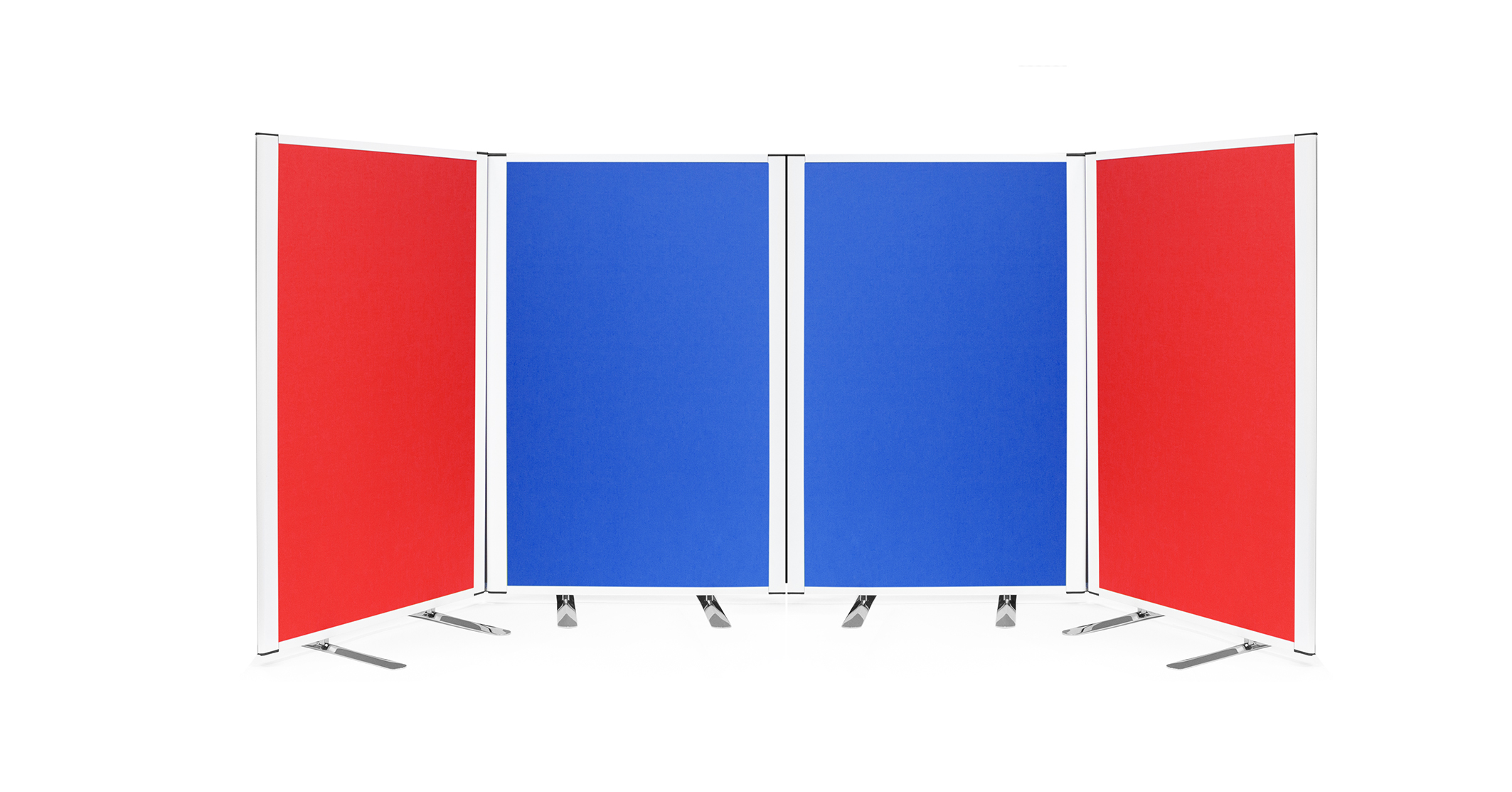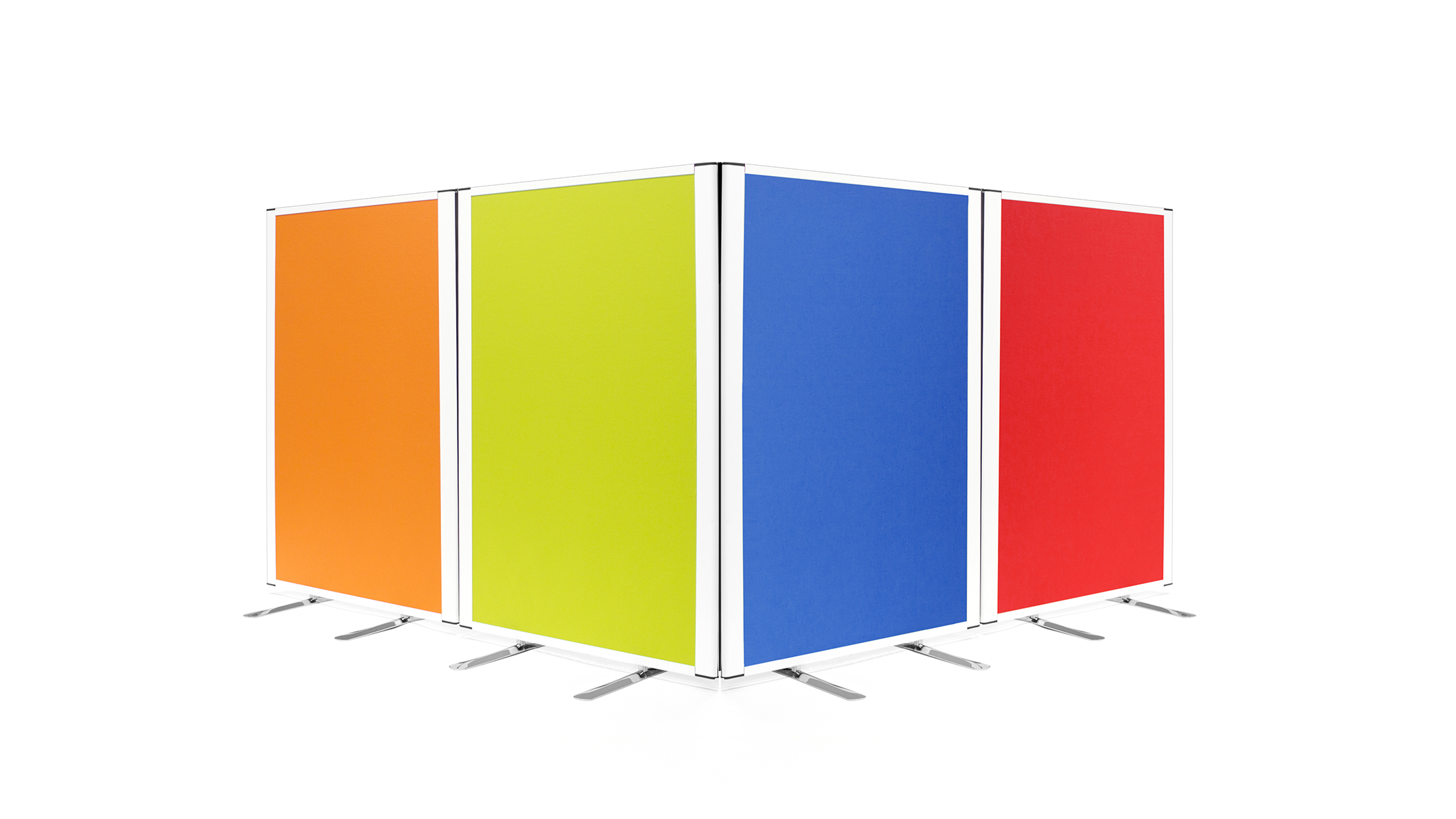Integrating Anti-Bacterial into Your Office Design Has Benefits for Your Business and Employees
Aside from the elections and referendums dominating the news this year, there has been another story rumbling under the surface which we should be taking notice of. In recent years, emerging reports have begun to cover the issue of resistant bacteria which is not affected by the anti-bacterial hand wash that everyone started to get obsessed with a few years back. Now the issue is becoming more prevalent and more resistant bacteria means a faster spread of illness and the inevitable increase in sick days
This especially applies to classrooms and offices which have a reputation as hotbeds for spreading illness and disease. While cleanliness obviously plays a factor in this, it also includes the amount of time that large groups of people spend together in this environment. On the other hand, hospitals can mitigate this by adding anti-bacterial surfaces throughout while providing anti-bacterial gels and soaps throughout the site. However, the same cannot be said for other public places. If we are going to be more vulnerable to illness, then both businesses and educational facilities should be more aware about healthiness in the design process to keep the number of sick days down and thus, boost productivity and the wellbeing of those who occupy these environments.
Offices Have a Chequered History with Employee Health
Any environment which is inhabited with a large group of people over an extended period is going to be vulnerable to the spread of illness and infection. As our office designs strive to encourage communication and teamwork, the open and collaborative nature of the modern office can subsequently become a major factor in the quick and efficient spread of nasty bacteria. The problem, as is always the case with bacteria, is that we cannot see the effect without the use of a microscope, so cleanliness and general wellbeing often fall down the list when new office designs are being drawn up.
The most recent government statistics (http://www.ons.gov.uk/employmentandlabourmarket/peopleinwork/labourproductivity/articles/sicknessabsenceinthelabourmarket/2014-02-25) from 2014 revealed that people in the UK, took 131 million days off sick with common illnesses often cited as being the reason for the absence. As we have explored in the past, one major contributor to this is the growth of environmental stressors such as audible and visual distractions which lead to heightened stress levels and weakened immune systems. In total, the study estimates that sick days reported by businesses across the UK resulted in a deficit of approximately £16bn per year.
Attacking the Issue at the Source
The minute nature of bacteria means that the issue needs to be addressed at the source. Here at Rap Industries, one of the ways we are tackling this is to begin introducing silver ions into our office products which helps to quell the spread of bacteria. When we think of silver, we can be quick to conclude that silver is a bit of a luxury material, often used to make currency. However, silver has a unique quality that simply cannot be found in any other material on earth. On a particle level, silver ions can interrupt and completely prevent bacteria from growing and spreading. In fact, silver nanoparticles can now be found in cosmetics, socks, food containers, detergents and many more to combat the spread of illness and infection. Technology firms are even introducing it into the touchscreen of your phone, so are modern interior designers taking bacteria into consideration when designing the spaces which we spend the majority of our lives in?
Implementing a Healthy Office Boosts Productivity
Introducing anti-bacterial throughout your office does not have to constitute a complete overhaul of the design. With plenty of healthy bacteria out there which helps our bodies to thrive, it would be overzealous to begin coating every wall, phone and pencil with silver ions simply because we are trying to prevent the common cold. However, one solution which has been developed at Rap Industries, a leading manufacturer of partition screens for over 40 years, is to integrate the anti-bacterial technology into office screens. These incorporate the flexible design of partition screens, which are traditionally used to combat those audible and visual distractions which we touched upon above.
An anti-bacterial fabric is then applied and silver ions are integrated with the framework to help prevent bacteria from spreading. What makes this solution ideal is that the screens can be used to apply a partial divide in the open plan environment, allowing collaboration to continue while providing privacy to those who thrive in it. Then, by making the partitions anti-bacterial, this helps to protect colleagues and co-workers when a bout of the sniffles begins to break out in the office.
On their own, anti-bacterial screens are not being utilised to their full potential and achieving this requires consideration towards other elements of the design. In the study cited earlier, alongside illness, a major contributor to the sick day is back and neck strains which are commonly caused by poor posture and a lack of information regarding staying healthy while working at a desk. Anti-bacterial may be great at stopping you from catching the flu, but it is going to have no impact on whether you strain your back by slouching all day.
The Clean Approach to Managing Office Design
Workplace safety is something which we commonly associate with primary jobs such as agriculture and construction. Only in recent times have we started to realise the impact that office environments can have on our health and fortunately an increasing number are exploring the impact of issues which we simply cannot see. For example, acoustics and bacteria can both have a significant effect both short term and long term and as such, it is important to factor these in when creating a fresh design. Healthy workplace designs significantly boost the productivity of employees and help to make the business more efficient on the whole.
Rap Industries have been developing and manufacturing office furniture and partition screens for over 40 years and our designs are moulded by the feedback of our clients. One of the results of this is the Safeguard Screen which integrates anti-bacterial fabric into a partition screen, helping open plan environments to address issues concerning privacy as well as health.

